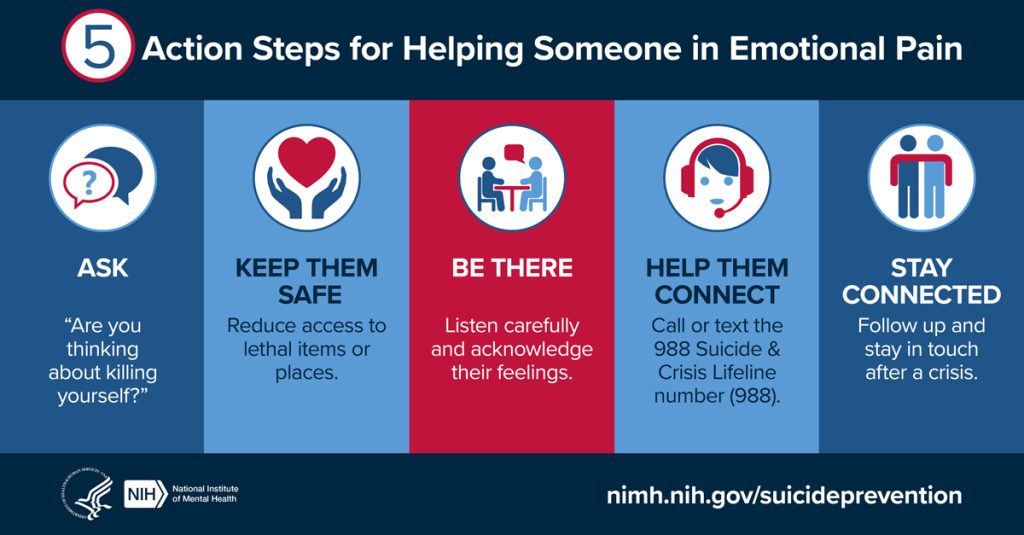Here at International Student Insurance, our main priority is not only to provide high quality insurance options for international students, but also to make sure these students, as well as their colleges and universities, fully understand the coverage they are purchasing. Insurance in the United States can be confusing, and with the added stress of being in a new place, taking classes, and making new friends, health insurance is likely the last thing on your student’s minds. This is why we’ve created a number of resources (available for free!) that will help students and administrators navigate their way through the intricate world of health insurance. From video resources and training programs, to customized landing pages and student orientations, this blog post will explore the different resources we offer that schools and students can utilize to understand their health insurance in greater detail.
Video Resources
Arguably our most popular resource, we offer a variety of different videos on topics related to the U.S. Healthcare System and Insurance Products, Emotional Wellness, and Sexual Assualt Awareness. All of our videos are available at no cost, and can be accessed by students through our website, or embedded on your school’s website directly.
U.S. Healthcare System and Health Insurance Videos
We all know how complicated the U.S. Healthcare System can be, so we’ve created a video specifically designed to help international students better understand the ins and outs of seeking treatment while in the United States. This video includes tips for students before they leave their home country, and includes common words and phrases to help make understanding healthcare in the U.S. easier.
We also have video resources that provide an overview of two of our most popular health insurance plans – the Student Secure plan and the Atlas Travel Medical plan. These videos are great resources available to help students understand how the coverage works before they purchase.
Sexual Assualt Awarness and Emotional Wellness Videos
Along with insurance focused video resources, we’ve also created resources that focus on different challenges international students may face while in the United States.
We explore Emotional Wellness through videos on Mental Health Awareness that look at common warning signs, myths and stigmas, and ways to seek treatment, Culture Shock, with stories from International Students sharing their experiences when arriving in the United States, as well as COVID-19 and how the pandemic has impacted their lives emotionally.
We also look at the topic of Sexual Assault Awarness with a video resource that dives into the concept of consent, how to protect yourself, and what to do if sexual assault occurs, as well as a video interviewing International Students about their views on sexual assault and the differences culturally around the globe.
Facebook and YouTube Live
ISI is regularly creating new videos on our Facebook and Youtube pages to keep students and administrators engaged and provide them with important information on insurance and wellness topics. On the insurance side, our Facebook and Youtube Live videos include topics such as OPT and J-1 insurance options, how to file claims, locating in-network providers, and understanding your school’s insurance requirements. We also have videos with more wellness based subjects, and will sometimes feature an expert on the topic, like videos on healthy eating habits, fitness, stress free budgeting tips, and the importance of sleep.
Follow us on Facebook and Subscribe to our YouTube Channel for first access to these video resources!
Our video resources were designed specifically for students and administrators to help with day to day challenges that international students may face. They are available at no cost, and you are welcome to share them with your students or to add them to your school’s website.
Training Programs
What first started as simple video resources on Sexual Assault Awareness and Mental Health Awareness has now turned into two full training guides on the subjects. These training guides are available to schools at no cost, and can be a great addition to your International Student Orientations to help discuss these sensitive topics.
Sexual Assault Awareness Training Guide
Addressing the intricacies of sexual assault, the concept of consent, and Title IX with your international students can be complicated enough given the cultural differences surrounding the topic. In partnership with RAINN, we have developed a full training program that includes a powerpoint presentation and a proctor guide to go along with it, interactive activities to get students engaged, video resources, and a student handout. The training was designed to be done in one-hour, but can be adjusted to fit different time constraints.
Mental Health Awareness Training Guide
As emotional and mental health continued to grow as a hot topic across schools throughout the United States, we noticed an ever growing need for more resources focused on International Students and mental health. The training guide focuses on culture shock, stress, anxiety, and depression, and addresses the stigmas and barriers that international students face in seeking help. To create this comprehensive training program, we worked with the Center for Cross-Cultural Student Emotional Wellness at Massachusetts General Hospital. This training guide includes the same features as our Sexual Assault Awarness Training Program and can be completed in one hour or less.
Best Practices Guide
We have created a Best Practices Guide specifically for international education professionals on selecting and managing health insurance for their international students. This 30-page guide provides international educators with a detailed overview of the U.S. healthcare market and what key factors you should consider when choosing the best health insurance options for your students.
Customized Landing Pages
We offer free customized landing pages on our website that will direct students to purchase the correct plans that have been approved by their school. This will ensure students are purchasing the right coverage, and comes with an array of benefits for school administrators including:
- A one stop shop where you can direct your students to purchase their insurance coverage,
- The ability to include your school’s branding and logo,
- The option to show the plans, coverage dates and levels you’ve selected,
- The option to show predefined coverage periods,
- The ability to include specific wording and instructions for your students.
International Student Insurance Orientations
In order to make sure students really understand their health insurance coverage, our team at ISI would be happy to set up an orientation session to help educate your students about insurance and the U.S. healthcare system.
This is usually something that is done if a school recommends one plan to all of their students, and it can be a pre-recorded video that can be shared with the students, or a live online interactive session that is scheduled during international student orientation.
At ISI, we take pride in providing resources not only to our students, but to the administrators as well, that will help make the world of insurance a little less complicated. All of the resources we offer are free of charge, and can be accessed through our website. Our customer service team is available to answer any questions you may have about these resources, and can help with creating a landing page, scheduling an orientation, sending brochures, and more!
Questions? Please contact us for more information!




















Recent Comments